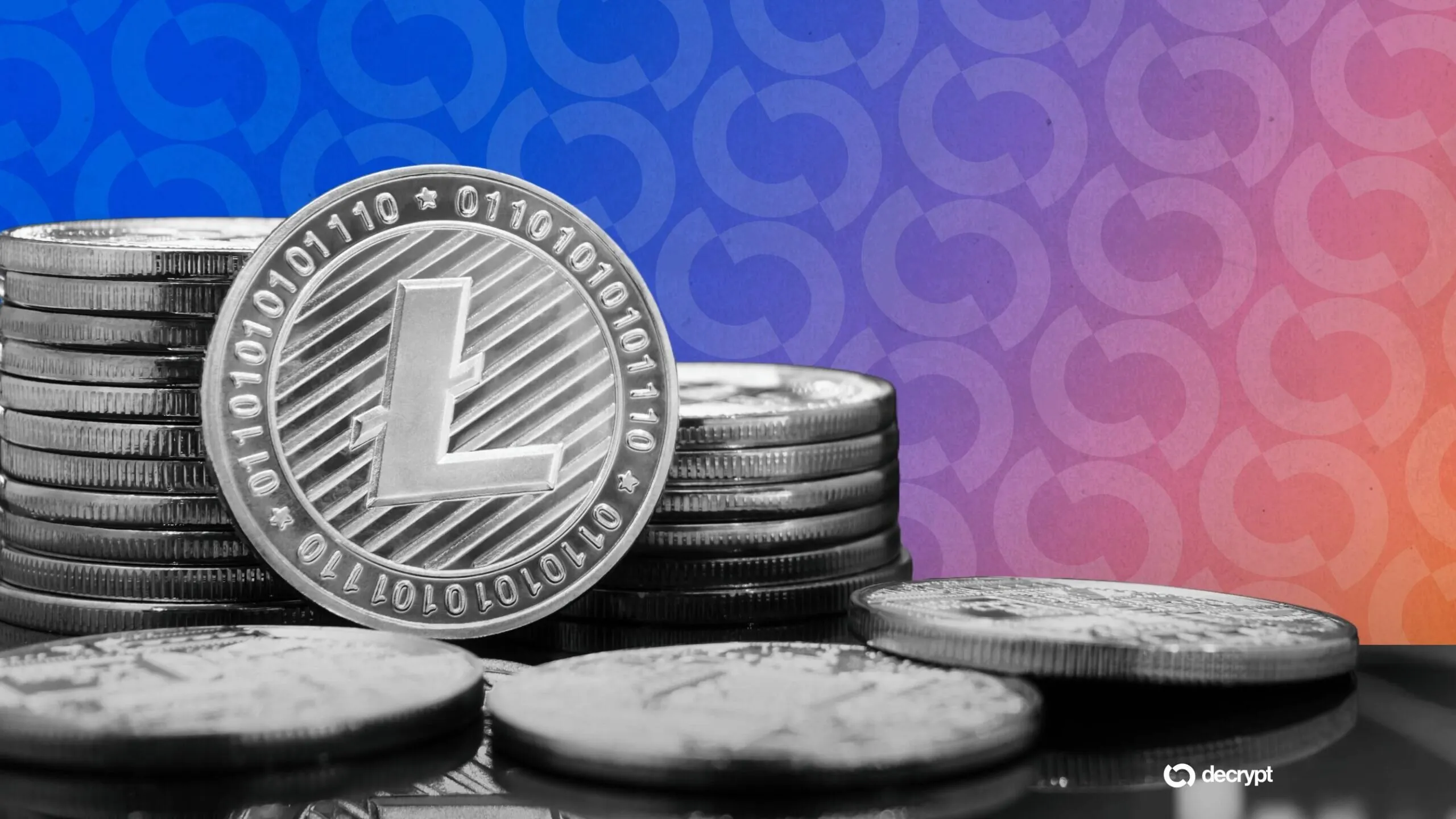In brief
- Luxxfolio is transitioning from Bitcoin mining to a digital asset treasury strategy centered on Litecoin, paired with infrastructure plans.
- It comes as the firm posted zero revenue and a net loss of $197,000 in Q2, with just $112,000 in cash and cumulative losses nearing $19 million.
- Litecoin treasuries may attract institutions if tied to usable infrastructure, but risks remain if they just sit on it, Decrypt was told.
Canadian crypto infrastructure firm Luxxfolio filed a shelf prospectus on Thursday to raise up to CAD$100 million (US$73 million), months after becoming the first publicly listed company to anchor its treasury in Litecoin following a broader pivot away from Bitcoin mining.
Luxxfolio views Litecoin “as hard currency,” CEO and Director Tomek Antoniak said in a statement.
“In our sector, scale is critical—the larger our treasury, infrastructure, and ecosystem footprint, the greater our ability to capture market share and influence adoption,” Antoniak said, adding that the shelf would give Luxxfolio “flexibility” to scale and meet market demands.
Once approved, Luxxfolio’s shelf prospectus will enable it to raise funds over 25 months through the issuance of shares, debt, or other securities.
The latest filing follows Luxxfolio’s move in July to begin disclosing its Litecoin purchases, with a strategic advisor confirming earlier this month that the company is targeting a total of 1 million LTC by 2026.
Litecoin creator Charlie Lee, meanwhile, joined its advisory board in late June.
Luxxfolio, like others jumping on the crypto treasury trend, is positioning its strategy around reserves and infrastructure, despite its financials being in poor shape, marked by mounting losses and limited liquidity for its stock.
Key signs of strain include no revenue, a net loss of approximately $197,000 for the second quarter, compared with a net loss of $8,000 in the same period a year earlier, and nine-month losses that more than doubled year-over-year, according to its latest quarterly financials.
The company closed Q2 this year with just $112,000 in cash and relied on a $844,000 private placement to stay afloat, with nearly $19 million in total losses since its inception in 2017.
Its management had warned of “significant doubt” about its ability to continue operating without fresh capital. Decrypt has reached out to Luxxfolio for comment.
Don’t just sit on it
Observers argue that a Litecoin-focused digital asset treasury can draw institutional attention if it goes beyond passive accumulation.
Such a model could “absolutely attract institutional capital if it’s paired with usable infrastructure,” Mehow Pospieszalski, CEO of wallet infrastructure platform American Fortress, told Decrypt.
Citing how inflows on the Litecoin ecosystem top over $100 million, Pospieszalski said that institutions “don’t deploy that kind of capital into a ghost chain,” instead, “they’re looking for scalable rails, compliance pathways, and user adoption.”
Risks remain, however, if “DATs just sit on assets and hope for ‘number go up,’” Pospieszalski said.
“They risk repeating 2008-style leverage cycles,” but the difference could come “when treasuries actually grow the ecosystem” by building tools that bring in users, he said.
Luxxfolio and others appear to be taking that path “to eliminate the bubble risk by replacing speculation with utility,” he added.
“Institutional capital has a tendency to gravitate toward assets with the following characteristics: deepest liquidity, strongest adoption, with the most established market narrative,” Shawn Young, chief analyst at MEXC Research, told Decrypt, adding that those qualities are “areas that Bitcoin clearly dominates.”
Litecoin, while having “technical merit and long-standing credibility,” has less developed institutional use cases, Young said.
Litecoin could “carve out a niche if paired with real utility,” but is “unlikely to command the same level of institutional inflows as Bitcoin-based strategies,” he said.
Still, the rise of altcoin treasuries “can be the decisive spark that ignites the final phase of the current market cycle,” Ray Youssef, CEO of NoOnes, told Decrypt.
Portfolio strategy pivots from companies like BitMine, SharpLink, Pantera, and others, are starting to “treat blue-chip altcoins as treasury-grade reserve assets,” Youssef said.
That “vote of confidence,” he argued, is reshaping how altcoins are perceived, signaling that “institutional capital is no longer reserved exclusively for Bitcoin.”

